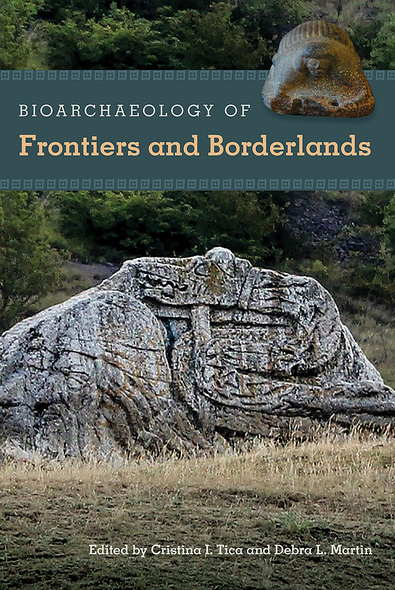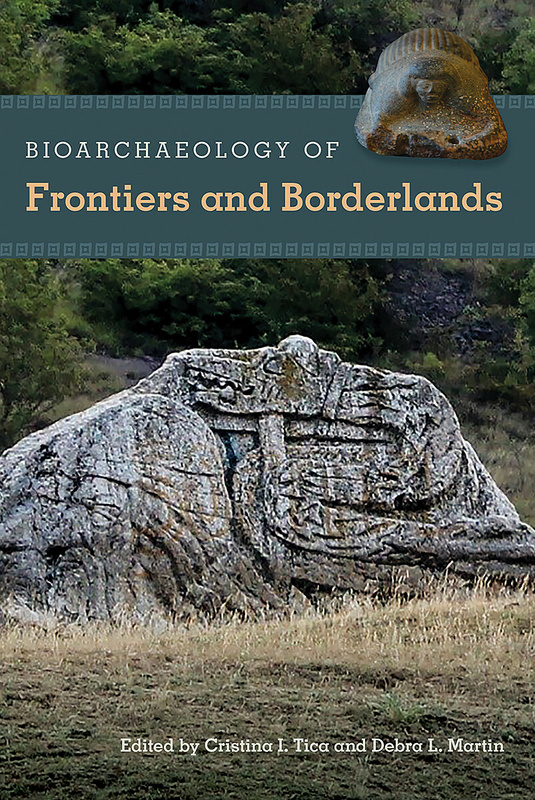
Bioarchaeology of Frontiers and Borderlands
Frontiers and territorial borders are places of contested power where societies collide, interact, and interconnect. Using bioanthropological case studies from around the world, this volume explores how people in the past created, maintained, or changed their identities while living on the edge between two or more different spheres of influence.
Examining a wide range of borderland settings, essays in this volume discuss the mobility of people in Roman Egypt and investigate patterns of genetic difference in Iron Age Italy. They show how social and cultural interactions helped buffer the stressful physical environment of eleventh-century Iceland and describe bioarchaeological evidence of traumatic injuries indicating tension across regional borders in the precontact American Great Basin and Southwest. Contributors look at isotope data, skeletal stress markers, craniometric and dental metric information, mortuary arrangements, and other evidence to examine how frontier life can affect health and socioeconomic status. Illustrating the many meanings and definitions of frontiers and borderlands, they question assumptions about the relationships between people, place, and identity.
As national borders continue to ignite controversy in today’s society and politics, the research presented here is more important than ever. The long history of people who have lived in borderland areas helps us understand the challenges of adapting to these dynamic and often violent places.
A volume in the series Bioarchaeological Interpretations of the Human Past: Local, Regional, and Global Perspectives, edited by Clark Spencer Larsen
A welcome addition to any bioarchaeology of identity researcher’s library and the discipline would benefit from more of the same.’—American Journal of Physical Anthropology
Richly theorized and methodologically rigorous, this volume delivers a timely and nuanced discussion of frontiers and borderlands not merely as the peripheries of complex societies but as their own complex and dynamic spaces of interaction and lived experience.’—Bethany L. Turner, Georgia State University ‘The subject of boundaries and frontiers has not been explored in bioarchaeological studies to its full potential. In this volume, contributors discuss boundaries from multiple perspectives that crosscut political, social, and economic domains.’—Dale L. Hutchinson, author of Disease and Discrimination: Poverty and Pestilence in Colonial Atlantic America
Cristina I. Tica is a doctoral candidate in the Department of Anthropology at the University of Nevada, Las Vegas. Debra L. Martin, Distinguished Professor of Anthropology at the University of Nevada, Las Vegas, is the coeditor of Massacres: Bioarchaeology and Forensic Anthropology Approaches.




